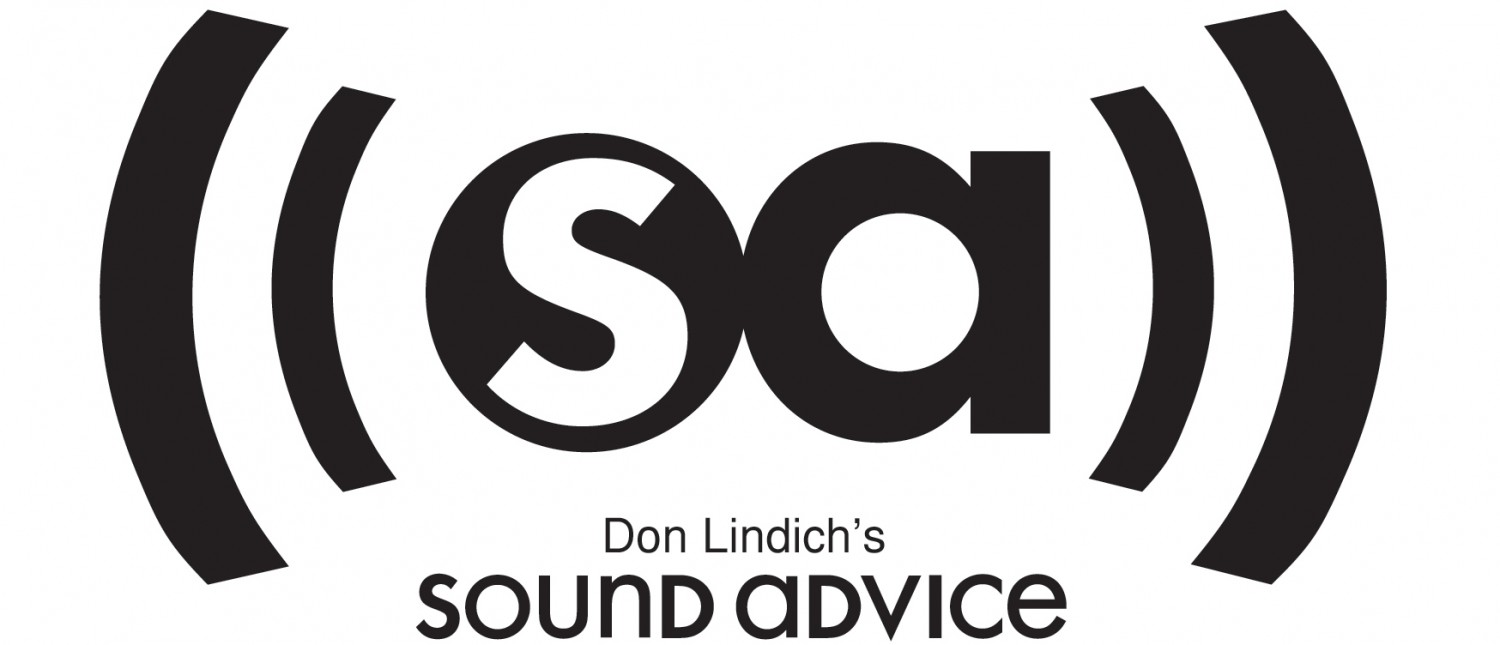Sound Advice
By Don Lindich
Week 1, 2014
Q. What’s up with the Comcast cable encryption you are writing about? Wasn’t cable always encrypted?
-A. Muszalski, Castle Shannon, PA
A. Not all cable channels were encrypted.
Unencrypted basic cable is (or should I say, was) a beautiful thing for the consumer. Up until recently the FCC required cable companies to retransmit over-the-air local channels (including high definition channels) without encryption, which meant Limited Basic subscribers could just connect the cable from the wall to an HDTV without a cable box or DTA (digital adapter.) The TV’s remote changed channels and volume and you could make high quality recordings with digital recorders containing a QAM tuner. Subscribers with expensive packages could use the unencrypted cable in places where there is only occasional viewing to watch local TV without paying for an additional box.
After intense lobbying from the cable companies, the FCC changed the regulations so they can now encrypt these channels. There are four large benefits to the cable companies: a reduction of piracy, a limit to the number of televisions that can be connected without charge, a new potential revenue stream from equipment rentals and it is no longer necessary to send out trucks for service disconnections and reconnections due to non-payment.
I am sorting through a lot of information regarding the pricing of the standard definition (SD) DTAs and HD DTAs, and instances of Comcast charging people to get their HD channels back after losing them to encryption. I had examples of this last week, and the situation varies greatly nationwide. It is important to note that DirecTV, Dish, and Verizon FIOS also charge for equipment, and Comcast is entitled to make a profit for their services. The issue is using encryption to take away HD channels people once had and then charging them to get them back.
HDTV technology isn’t exactly new. The first HDTV broadcast was in 1998, which makes it about 15 years old. Remember the ubiquitous AOL CDs for dial-up Internet? How long has it been since you saw one of those? That’s the time frame. People are junking their tube-type analog TVs at such a rate that Goodwill won’t even accept them as donations anymore. There is even Ultra HD 4K now!
Sending customers the SD DTA as the default in 2013-2014 would be funny if it were not so tragic, especially since the Comcast HD DTA can be used with an old tube TV via the coaxial connection or a modern HDTV via the HDMI connection. Everyone with a flatscreen TV who receives the SD adapter is going to end up with a crippled television, as Mr. Skog of Minnesota found out. Comcast is certainly aware of this. For everyone who writes me, how many others are out there (especially older people) who are just living with their crippled TV and regretfully accepting it? With all the savings Comcast will realize from less service calls, and with their additional revenue from new equipment rentals (whether now or in the future) they could easily do the right thing both ethically and professionally and send everyone the HD DTA, since it can be used with either type of television.
Making the HD DTA the universal adapter would do a lot to help Comcast’s customer service image. According to jdpower.com at http://tinyurl.com/oy23v8f they rate far below DirecTV, Dish, and FIOS in every region nationwide.
